Anaerobic Threshold as a Predictor of Post-Operative Outcomes in Adult Scoliosis Surgery: Three year audit
ABSTRACT NUMBER: NESTAC_14
AUTHORS
W. Doherty, A. Bowey, P. Sinha, R. Sinclair
CORRESPONDING AUTHOR CONTACT EMAIL
ku.shn.htun@yewoB.werdnA
MAIN ABSTRACT TEXT
Background
Anaerobic Threshold (AT), quantified through Cardiopulmonary Exercise Testing (CPET), indicates ability to deliver oxygen to metabolizing muscle. AT is used to predict post-operative outcomes across various specialties1; however, its role in Adult Scoliosis Surgery (ASS) remains untested.
Aims
To evaluate AT’s ability to predict outcomes in ASS, by assessing its association with:
1. Length of Stay (LOS)
2. Length of HDU Stay (LOHS)
3. Post-Operative Change in Haemoglobin
4. SRS-22 Questionnaire Score.
Methods
The sample includes all RVI-based, single-site, retrospective ASS patients between 1/1/2016-1/1/2019. Data was collected from the Anaesthetics department and the British Spine Registry. The AT value ≤11ml/kg/min identified ‘high’ risk patients for poor outcomes; a standard across CPET literature1. Baseline SRS-22 Scores and follow-up (mean 3.5 months) were compared.
Results
Of the 25 patients identified, 7 ‘high’ risk patients had a mean LOS of 13.8 days, LOHS of 1.3 days, haemoglobin reduction of 35.3g/L and SRS-22 improvement of 0.7. The 15 ‘low’ risk patients had a mean LOS of 12.5 days, LOHS of 0.7 days, haemoglobin reduction of 34.1g/L and SRS-22 improvement of 0.2. 3 patients did not reach AT.
Conclusions: AT results predicted a greater LOS, LOHS and change in haemoglobin. AT did not predict improvement in SRS-22 Score. CPET has value in ASS outcome prediction, and re-auditing should confirm this. I recommend the department continue using CPET in ASS.
References
1. Wilson RJ. et al.: Impaired functional capacity is associated with all-cause mortality after major elective intraabdominal surgery. Br J Anaesth (2010), 105(3):297–303.
